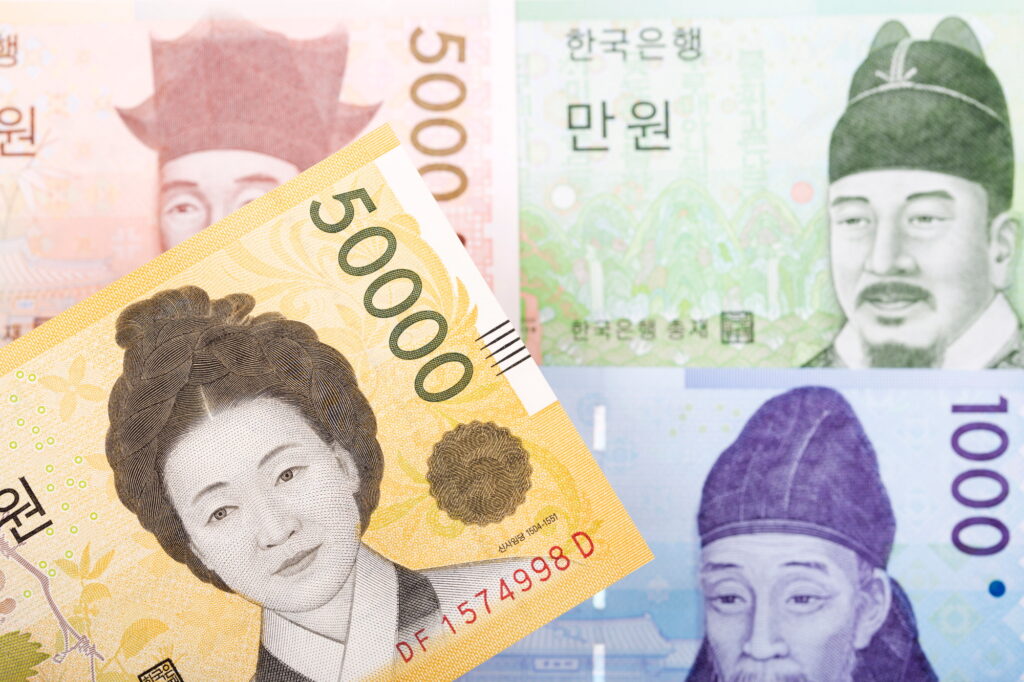Key Takeaways
- South Korea has achieved remarkable immigration growth of 50.9%, ranking second in the OECD.
- The rise is driven by the Korean Wave (Hallyu), seasonal workers, and increased foreign student enrollment.
- South Korea is leveraging its cultural influence, particularly K-pop and K-dramas, to attract global talent and workers.
South Korea is not just a global cultural powerhouse; it is becoming a significant destination for immigrants seeking opportunities for education, work, and a connection to the vibrant Korean lifestyle. With a staggering 50.9% increase in immigration last year, South Korea has solidified its place as a leader in the OECD, second only to the United Kingdom. This phenomenon reflects an intricate tapestry of cultural allure, economic strategy, and global trends, making South Korea a case study in modern migration dynamics.
The Data Behind the Growth
The Organisation for Economic Co-operation and Development’s (OECD) “International Migration Outlook 2024” highlights that immigration reached a record 6.5 million people across its 38 member nations last year. While countries like the UK led the pack with a 52.9% rise, South Korea’s performance is noteworthy, climbing from 57,800 immigrants in 2022 to 87,100 in 2023. These figures include permanent residents, refugees, students, and seasonal workers.
Notably, South Korea reported a remarkable 212% surge in seasonal workers, showcasing a shift in its labor market dynamics. As global economies seek skilled and semi-skilled labor, South Korea’s increasing openness to temporary foreign workers indicates a strategic pivot toward addressing labor shortages in agriculture, manufacturing, and services.
Cultural Diplomacy at Its Peak
One of the most fascinating drivers of South Korea’s immigration boom is the cultural magnetism of Hallyu, or the Korean Wave. The global popularity of K-pop, Korean dramas, and films has transcended entertainment to influence immigration patterns. The Korea Tourism Data Lab revealed that the number of foreign students studying in South Korea exceeded 200,000 for the first time in the first half of this year, rebounding dramatically from pandemic lows. In contrast, during the height of COVID-19, these numbers had dropped to just 88,000.
The country’s educational institutions, such as Hanyang University, are capitalizing on this global interest by offering specialized programs and hosting fairs to attract international students. Learning Korean has become a gateway to understanding the culture, with many students citing K-pop idols and dramas as their primary motivation.
The Role of Seasonal Workers
While cultural appeal has driven long-term immigration, seasonal workers represent a growing segment of newcomers. South Korea saw its seasonal workforce rise to 25,500—a sharp increase fueled by targeted visa programs and recruitment initiatives. These workers are essential for the country’s agricultural and industrial sectors, which face chronic labor shortages due to an aging population.
The Global Implications
South Korea’s immigration boom offers valuable lessons for other nations. By combining cultural diplomacy with pragmatic labor policies, the country is attracting a diverse range of immigrants who contribute to its economy and enrich its society. This trend underscores the importance of soft power in shaping migration patterns. As South Korea continues to harness its cultural influence, it stands to further enhance its reputation as a global hub for talent, education, and innovation.
However, challenges remain. The integration of diverse populations, ensuring fair treatment of temporary workers, and adapting infrastructure to support growing immigrant communities will require concerted effort. If managed well, South Korea could set a benchmark for how a culturally rich nation can navigate the complexities of globalization and migration.
The Future of South Korean Immigration
The road ahead for South Korea’s immigration policy is both promising and demanding. The government’s willingness to embrace cultural assets as a tool for attracting talent is commendable, but sustaining this growth requires addressing underlying systemic issues. Support systems for immigrants, inclusive policies, and a continued focus on educational excellence will be key to maintaining momentum.
As South Korea shines on the global stage, its story serves as a reminder of how cultural identity can drive economic and societal transformation. For a nation long known for its exports in technology and entertainment, its growing status as a preferred destination for immigrants marks an exciting new chapter.










